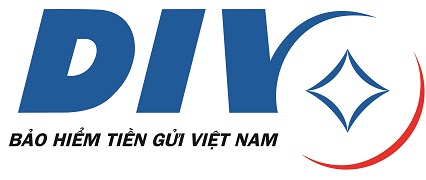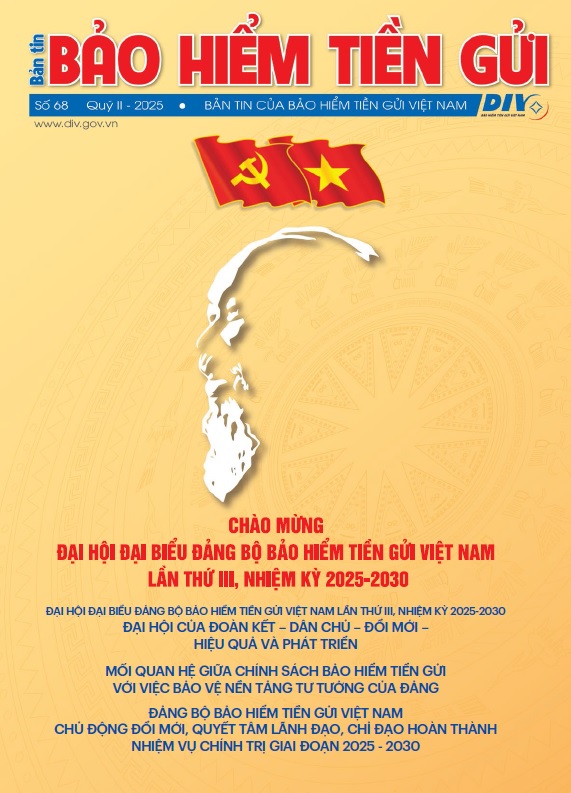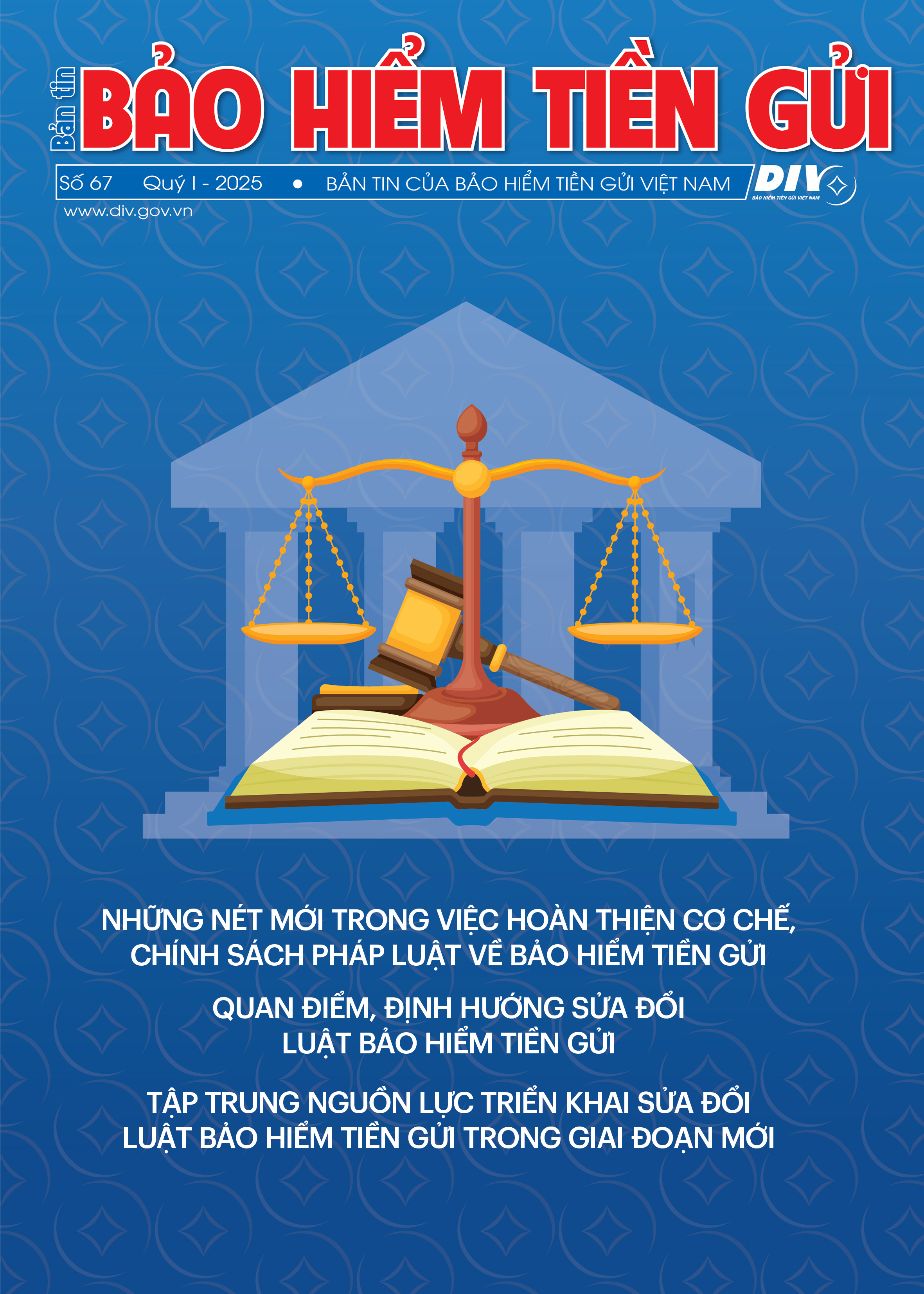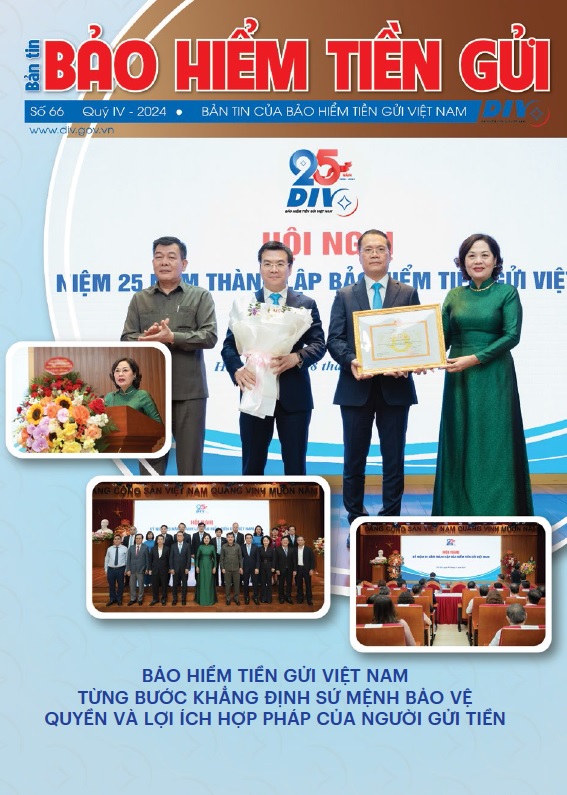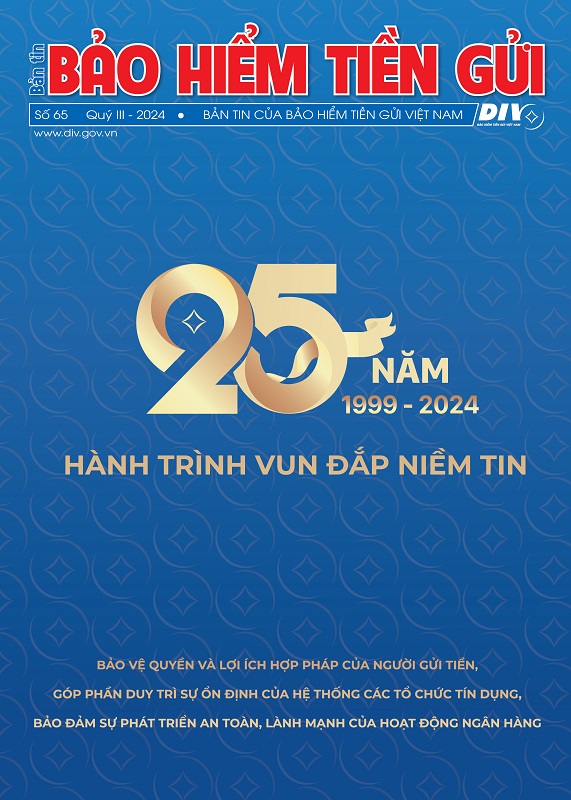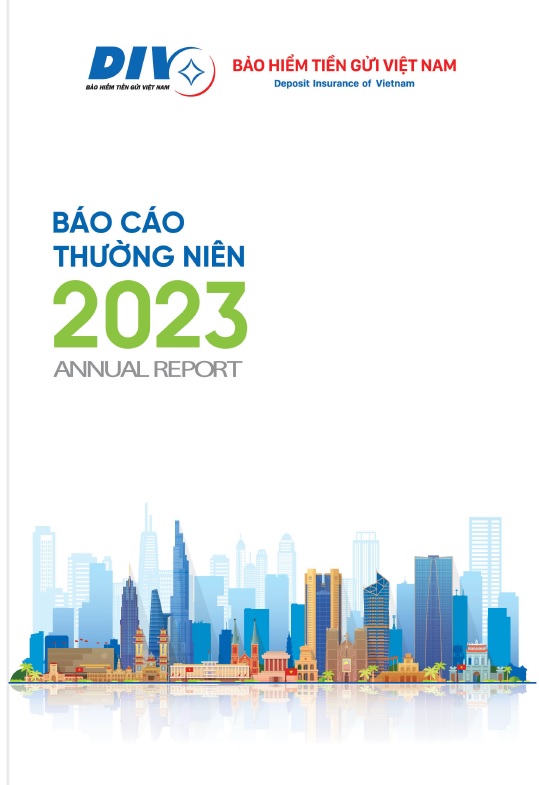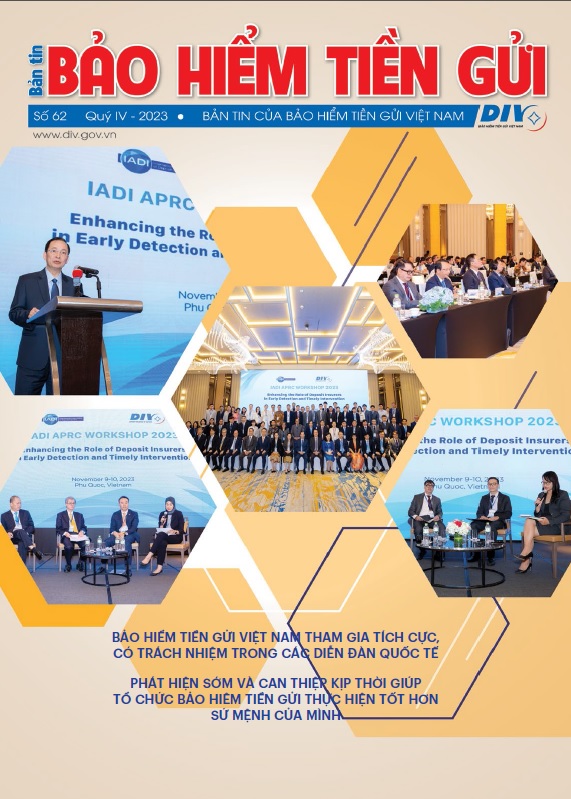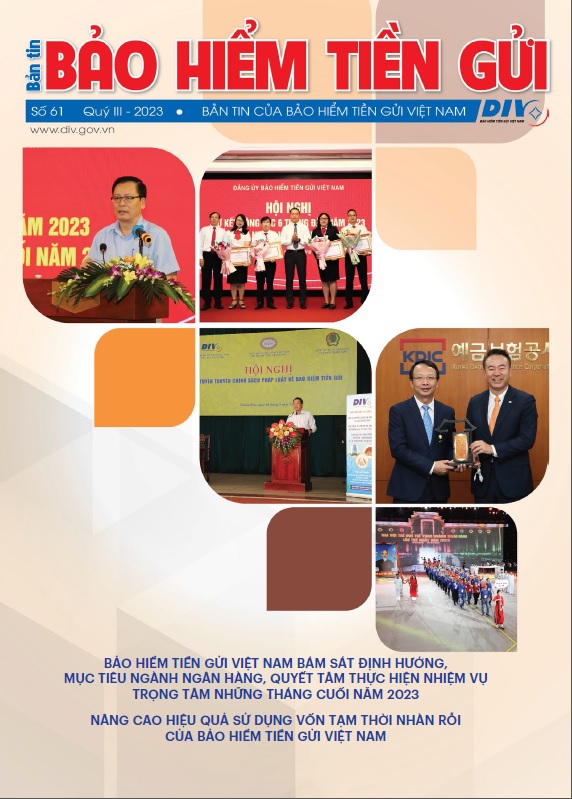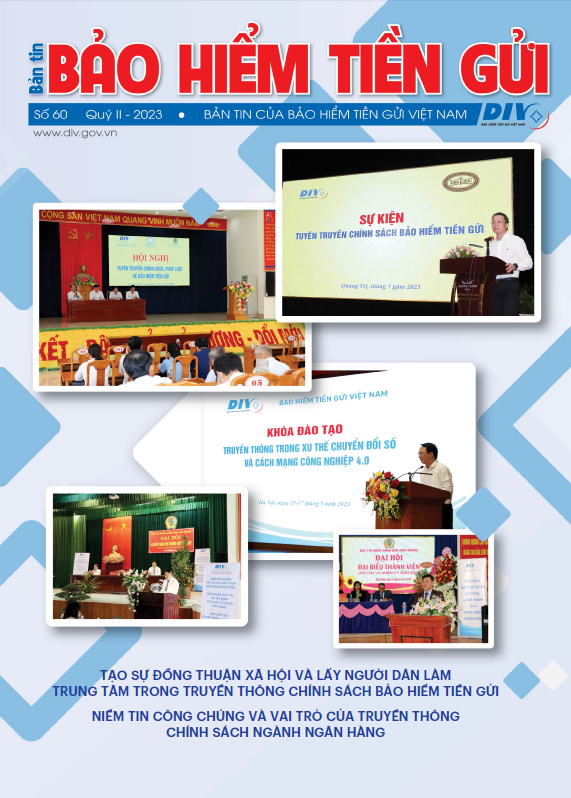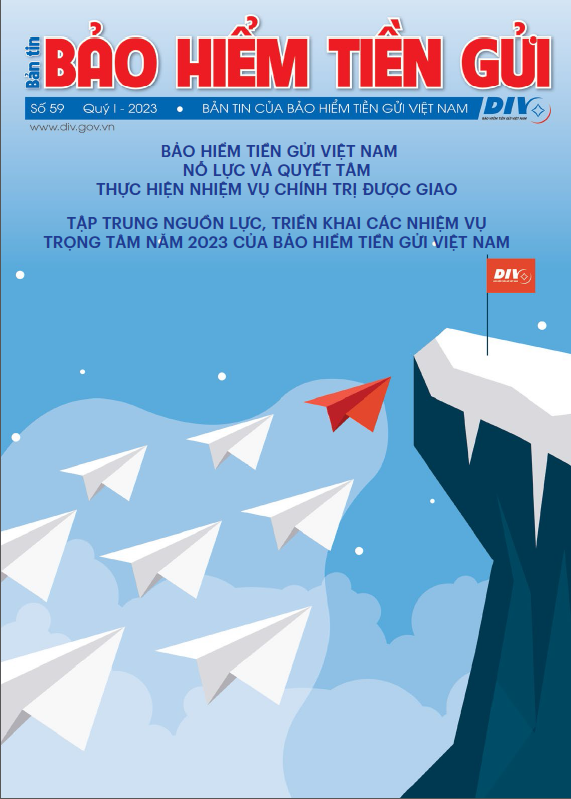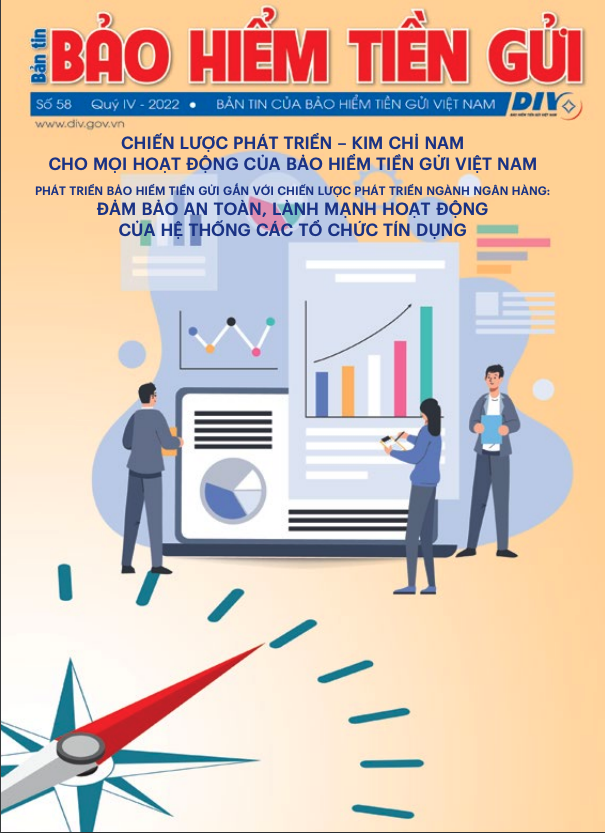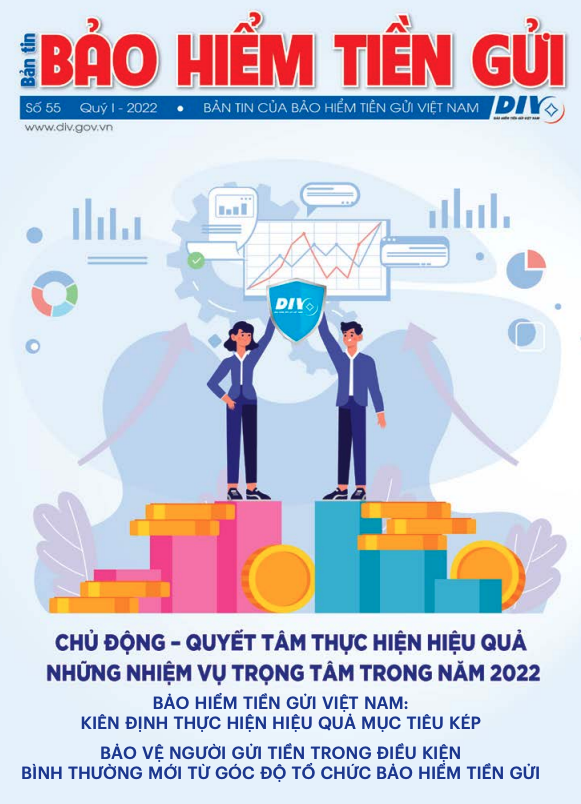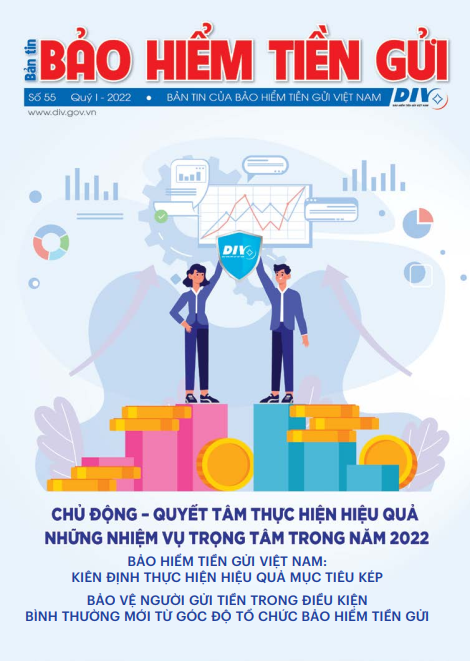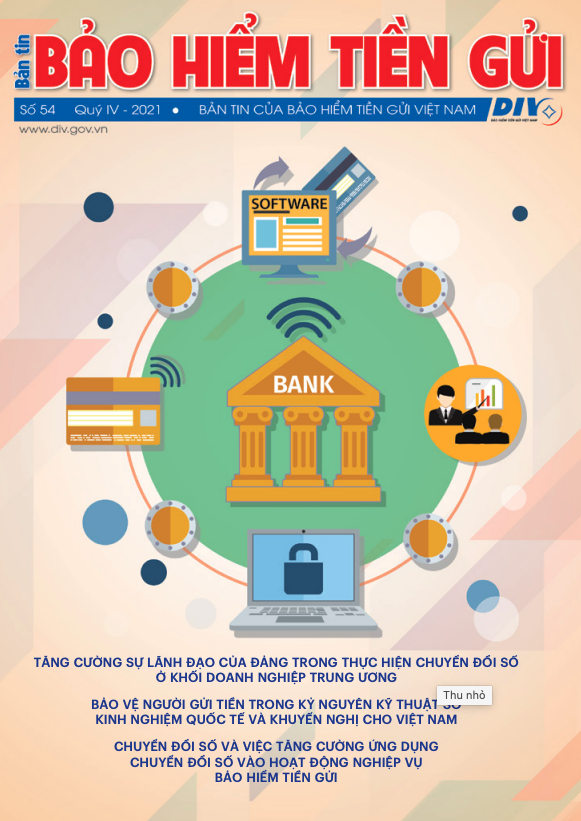Addressed at the “Reform the financial market in the strategy of restructuring the economy” Conference held on 14/10/2013 in Ha Noi, Dr. Vo Tri Thanh, Deputy Head of the Central Institute for Economic Management, said: “In Vietnam, though there are no official statistics on the implicit loans, approximately, the shadow banking or black credit currently accounts for about 30 percent of official credit supplied by the banks”. The estimated figures perhaps manifest that the demand for loans from unofficial channels are existent and the capital mobilization ability of the official channels is ineffective.
The source of black credit comes from local people through “loan shark” (big credit network). Attracted by lucrative interest rates, they believe that the lenders are financially strong. Also, depositors themselves are not aware of the risks when the black credit bursts.
The demands for black credit are diverse. Borrowers are farmers who need money to do business or buy new supplies for the crops; households in shortage of money fail to find the lender. They all switch to the “loan shark” for urgent loans regardless of their high interest rates. Black credit has the opportunity to flare up when the real estate surges, thus its price climbs up every day. People are willing to borrow money for investment in the real estate. When the credit is tightened, the real estate freezes, the property price falls sharply, the unofficial credit channels become insolvent. In this regard, the hand-writing loan deals which worth hundred billions VND are not strong legal proofs to recover their money. The collapse of black credit networks leaves negative corollaries.
The official credit channels are the safest place to deposit and borrow, whereas people still approach black credit for following reasons: Firstly, people are allured by high interest rates and unaware of the risk embedded with depositing with unofficial credit system; secondly, the procedures for borrowing at Vietnamese banking system are rather complicated, most people do not have access to the banking products and services; thirdly, the official credit system is not promptly responsive to urgent loans because of its complicated paperwork; fourthly, people do not approach the banks for small loans and vice versa, the banks are not interested in lending trivial amounts despite their high profit and low possibility of bad debts.
As the result, the roots of black credit must be removed by improving the official credit channels. The credit institutions should lower the fees and enhance the effectiveness in mobilization and lending activities. They also should research on new credit products, especially the micro-finance services or the short-term loans with higher interest rate than the normal products.
Developing the local people’s credit funds (PCFs) is an effective way to prevent black credit. The PCFs are characterized by its close relationships with local people within the commune, thus local people find it easy and convenient to approach and overcome the anxiety of communicating with banks. Moreover, the structure and organization of the PCFs facilitate the implementation of the micro-finance products. The loans are made among members; customers are people who live next door or within the neighborhood, therefore, the credit officials are close and know the customers very well. This will help minimize the requirements for collateral, reduce the time of investigating customer, and thus shorten the period from receiving documents to disbursement. The short-term loans, small loans accordingly will be developed to meet variety of customer’s demands. However, the PCFs are less competitive than the banks due to its small scaled capital mobilization. Additionally, the emotional consequences of the collapse of credit cooperative system in the 90s are still embedded in people’s minds; therefore people are anxious to deposit with PCFs. It perhaps restricts the capital mobilization and development of PCF system.
The deposit insurance policy in Vietnam is significant for the enhancement of capital mobilization of the official credit system, especially for the PCFs. The Deposit Insurance of Vietnam (DIV) commits that all insurable deposits are protected in case the financial institutions bankrupt or resolve. DIV’s professional operation has contributed to the development of official credit mobilization. Depositors are assured that their insured deposits are protected. DIV’s supervision activities are able to identify the weak deposit insurers which violate the prudential principles in a timely manner so that DIV can investigate and control promptly, thus prevent the contagion throughout the system and protect the rights of depositors. DIV reimburses the depositors in case of bankruptcy, reinforces the confidence, and stabilizes the security and orders of the local economy. And so, creating favorable conditions for the small scaled credit institutions to develop equally with big institutions, implement effective deposit insurance policies in Vietnam will contribute to the restriction of black credit.
The implementation of the Law on DI on 1/1/2013 is the important baseline for the promotion of DI activities. However, along with the achievement, there are still inappropriate current regulations which need to be amended to improve the DI’s effectiveness.
First, the coverage limit of 50 million VND per depositors – far below the international standards and practices – fails to encourage people to deposit with insured institutions. The coverage limit therefore should be made higher to 200 million VND as recommended by the DIV and flexible when necessary.
Second, there should be appropriate enforcement in place to help DIV sufficiently access ’ information on the operation of insured institutions to implement supervision activities, detect the weak institutions, send warnings, carry out off-site prevention of failure and avoid losses to depositors.
